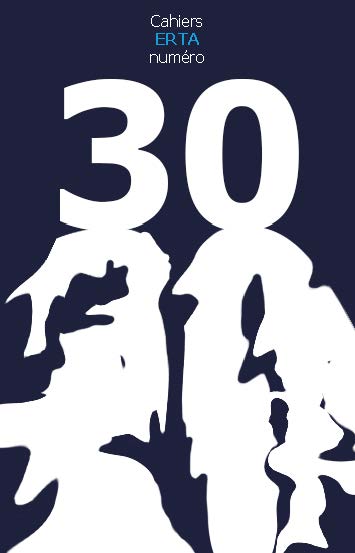Claude Vigée au miroir de l’é/Écriture
Mots-clés :
identité narrative, Bible, figures, histoireRésumé
According to Paul Ricœur, « The text is the medium through which one understands oneself ». Claude Vigée (1921-2020), as a Jewish writer, tries to receive, embrace and perpetuate the identity conveyed by the Holy Scriptures into his own writing, while also relating it to his life. Asserting oneself as part of a vaster destiny or History; developing a better self-knowledge in the light of a shared relation to the world; finding one’s reflection in Biblical figures, but also relinquishing one’s Self for a better understanding of one’s belonging: these are the paths taken by Vigée for this identity quest which implies the pursuit of the father – or, rather, of the Biblical Fathers – in a fully assumed filiation.
Téléchargements
Références
Auerbach E., Figura, Paris, Macula, 2003.
Fœssel M., Lamouche F. (dir.), Anthologie Paul Ricœur, Paris, Seuil, 2007.
Jullien F., De l’Intime, Paris, Grasset, 2013.
Parizet S. (dir.), Là où chante la lumière obscure, Paris, Cerf, 2011.
Péras H., Finck M. (dir.), La Terre et le souffle, rencontre autour de Claude Vigée, Actes du Colloque de Cerisy, 22-29 août 1988, Paris, Albin Michel, 1992.
Ricœur P., Du Texte à l’action, Paris, Seuil, 1986.
Ricœur P., Temps et récit III. Le temps raconté, Paris, Seuil, 1985.
Vigée C., La Lune d’hiver, Paris, Honoré Champion, 2002.
Vigée C., Les Portes éclairées de la nuit, Paris, Cerf, 2008.
Vigée C., L’Extase et l’errance, Paris, Grasset, 1982.
Vigée C., L’Homme naît grâce au cri, Paris, Points, 2013.
Vigée C., Mon Heure sur la terre, Paris, Galaade, 2008.
Vigée C., Délivrance du souffle, Paris, Flammarion, 1992.

 Revues scientifiques académiques
Revues scientifiques académiques





